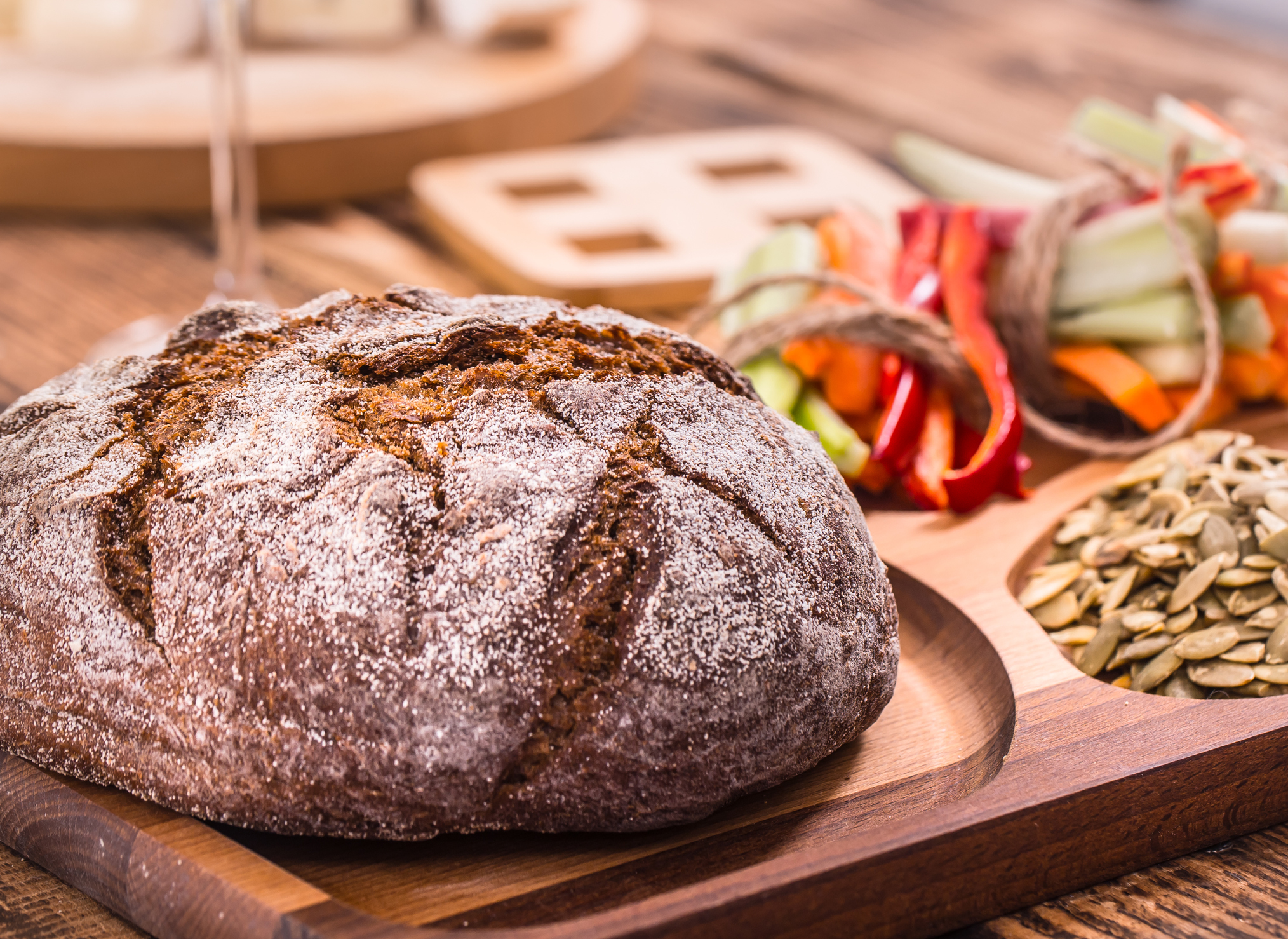Sourdough bread has seen a remarkable resurgence in popularity, becoming a staple in both home kitchens and artisan bakeries. This ancient bread-making technique, known for its tangy flavor, unique texture, and nutritional benefits, has stood the test of time. But what exactly makes sourdough such a big deal?
The Science of Sourdough
Sourdough’s uniqueness lies in its fermentation process. Unlike regular bread, sourdough does not rely on commercially produced yeast. Instead, it uses a starter – a fermented mixture of flour and water containing wild yeast and lactic acid bacteria. This natural leavening process not only imparts a distinct tangy flavor but also contributes to various health benefits.
- Wild Yeast and Lactic Acid: These are the key players in sourdough fermentation. They break down the starches in flour, resulting in a bread that’s easier to digest and has a lower glycemic index.
- Chemistry Behind Sourdough: The fermentation process alters the bread’s molecular structure, enhancing its nutritional profile and making it more gut-friendly.
Nutritional Profile of Sourdough
Sourdough is not just about taste; it’s also packed with nutrients. A slice of sourdough bread typically contains:
- Calories: 185
- Protein: 2 grams
- Fat: 1 gram
- Carbohydrates: 36 grams
- Fiber: 1 gram
- Sugar: Less than 1 gram
Moreover, it’s an excellent source of essential nutrients like calcium, potassium, magnesium, folate, and niacin. These elements play crucial roles in various bodily functions, from muscle and nerve function to DNA synthesis.
Health Benefits of Sourdough
The health advantages of sourdough are significant, making it more than just a delicious bread choice.
- Digestive Health: Sourdough acts as a prebiotic, feeding the good bacteria in your gut. This can lead to improved digestion and gut health.
- Blood Sugar Levels: The unique fermentation process of sourdough leads to a lower glycemic index, which means it doesn’t spike blood sugar levels as high as conventional bread.
- Antioxidant Properties: Sourdough contains higher levels of antioxidants compared to other bread, aiding in disease prevention.
- Gluten Sensitivity: People with mild gluten sensitivities often find sourdough easier to digest due to its lower gluten content.
Sourdough in Different Cultures
Sourdough’s appeal is global, with various cultures incorporating it into their traditional cuisines.
- Cultural Perspective: From the San Francisco famous sourdough to the traditional European rye sourdough, this bread has a rich cultural history.
- Traditional Recipes: Each region has its unique sourdough recipe, reflecting local tastes and baking traditions.
Making Sourdough at Home
The art of making sourdough at home has become a popular hobby. Here are some basics:
- Creating a Starter: This involves mixing flour and water and allowing it to ferment, capturing wild yeast from the environment.
- Challenges and Tips: Consistency in feeding the starter and maintaining the right temperature are crucial for a successful sourdough.
- Popular Recipes: From basic loaves to flavored variations, there’s a wide range of sourdough recipes to explore.
For those interested in exploring unique sourdough recipes, check out Sourdough Desserts for some creative ideas.
Sourdough in Modern Cuisine
In contemporary cooking, sourdough has found new applications.
- Role in Cooking: Chefs are using sourdough in innovative ways, from sourdough pizzas to gourmet sandwiches.
- Innovative Uses: Its versatility makes it a favorite among chefs for creating unique and flavorful dishes.
To understand more about the current trends and popularity of sourdough, delve into the article on Why is Sourdough Trendy, visit Serious Eats.
Controversies and Misconceptions
Despite its popularity, there are some misconceptions about sourdough.
- Myths Debunked: Not all sourdough is low in gluten, and homemade sourdough requires careful monitoring to avoid contamination.
- Dietary Restrictions: While healthier than many bread types, sourdough is not always suitable for all diets, especially for those with celiac disease.
FAQs
- Is sourdough bread healthier than regular bread? Yes, due to its fermentation process and nutrient profile.
- Can sourdough bread be made gluten-free? Traditional sourdough contains gluten, but gluten-free variations are possible.
- Why does sourdough have a tangy flavor? This is due to the lactic acid produced during fermentation.
Sourdough bread, with its rich history, unique fermentation process, and health benefits, is indeed a big deal in the culinary world. Its versatility and nutritional profile make it a preferred choice for health-conscious individuals and food enthusiasts alike. Whether you’re baking it at home or enjoying it at your favorite bakery, sourdough offers a unique and satisfying experience that goes beyond just taste.

